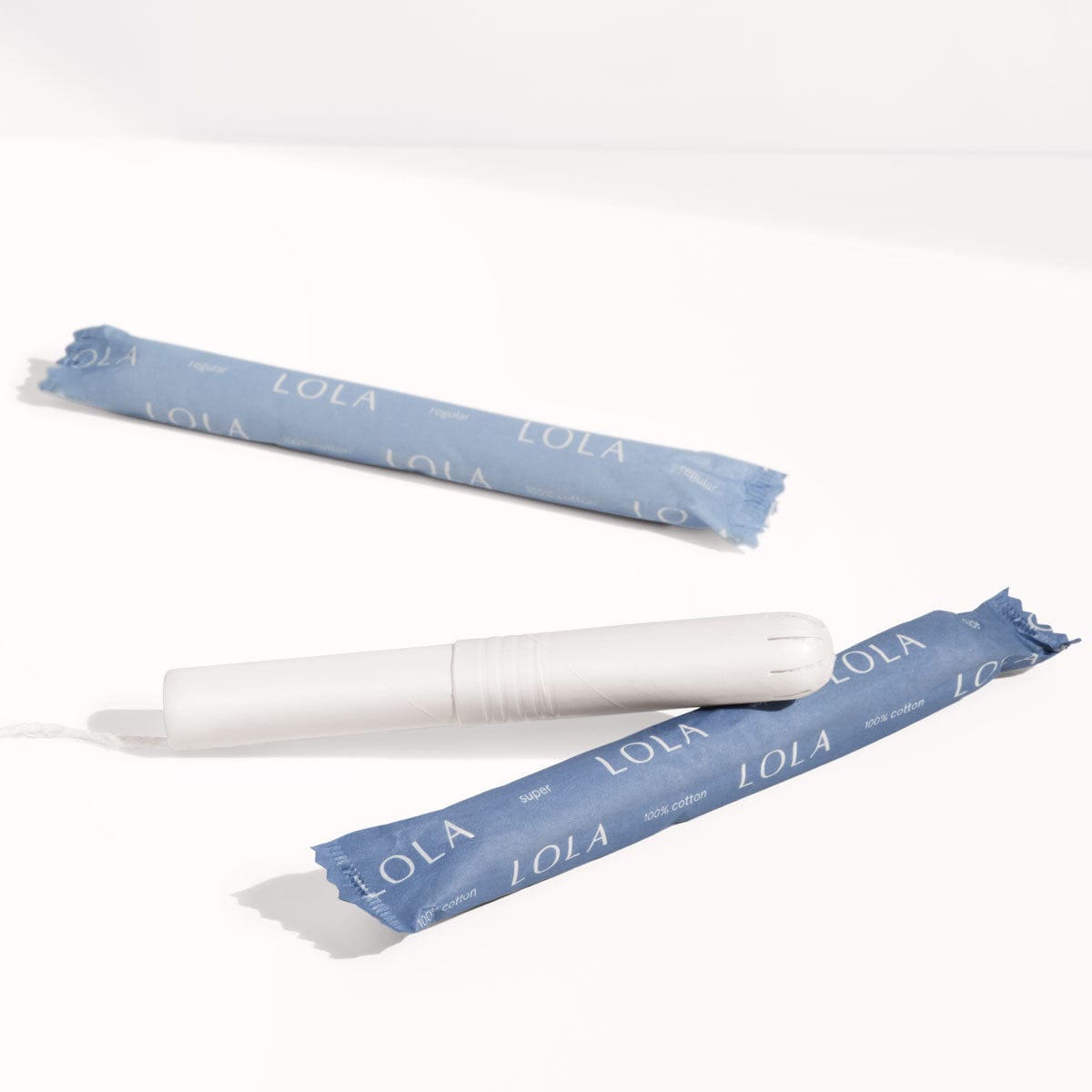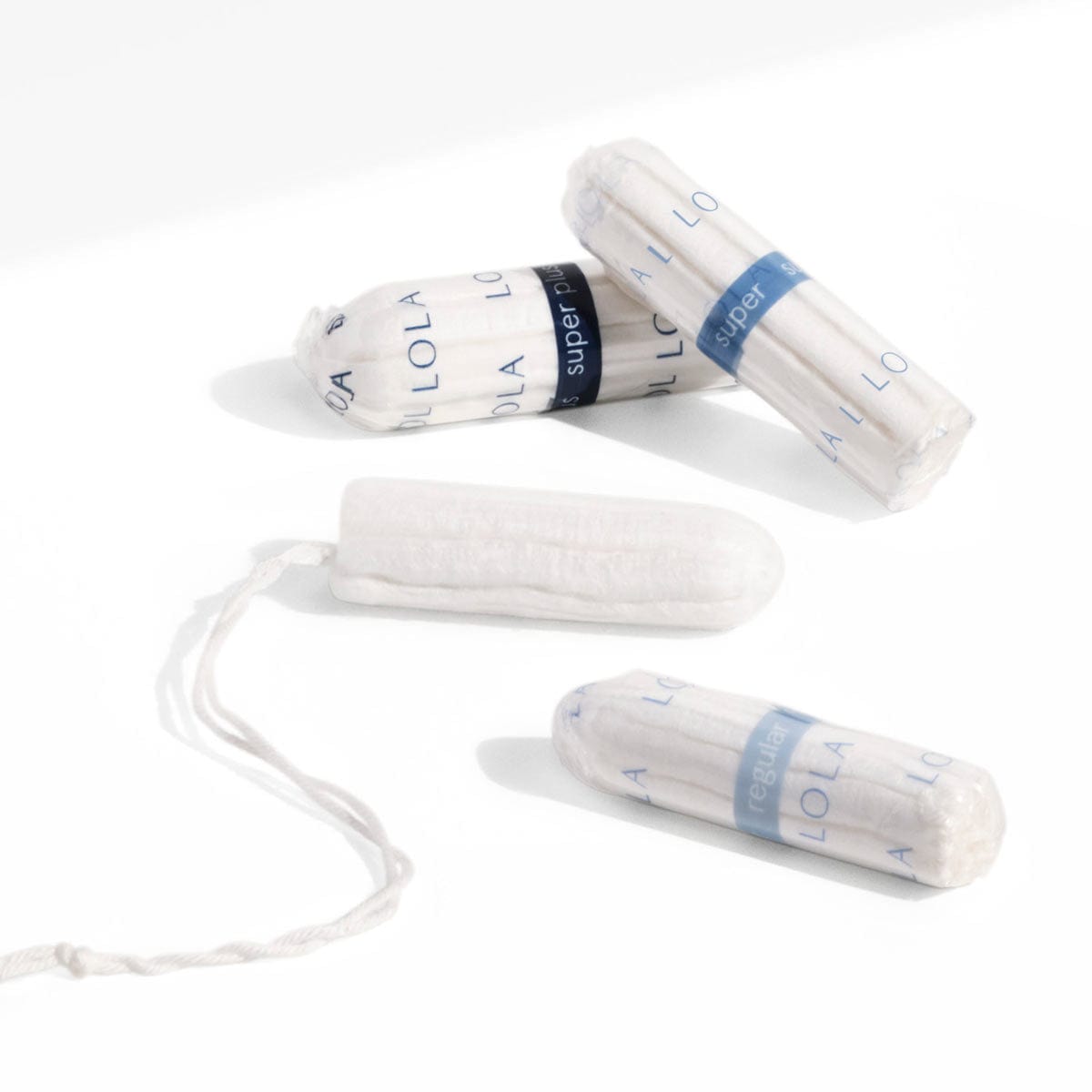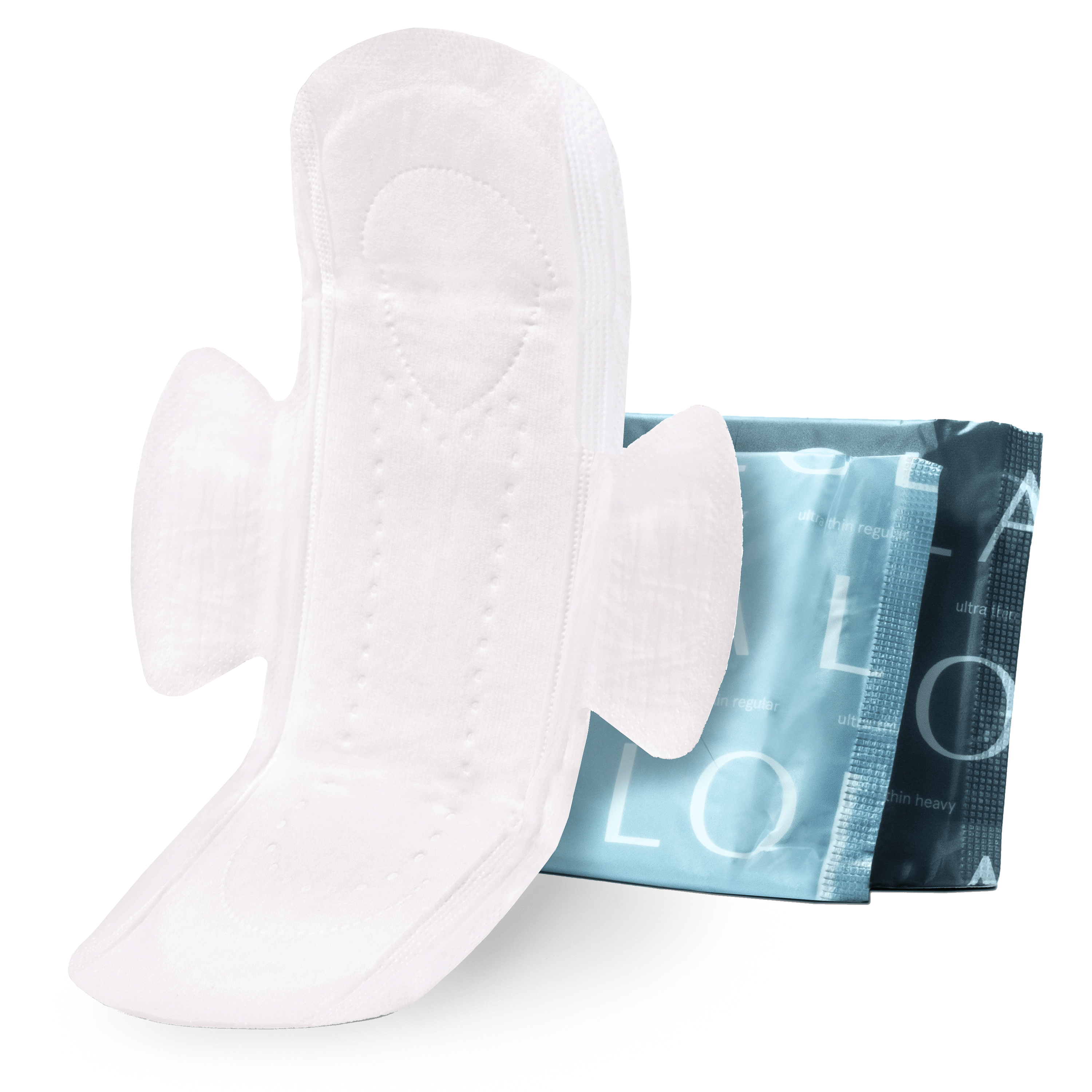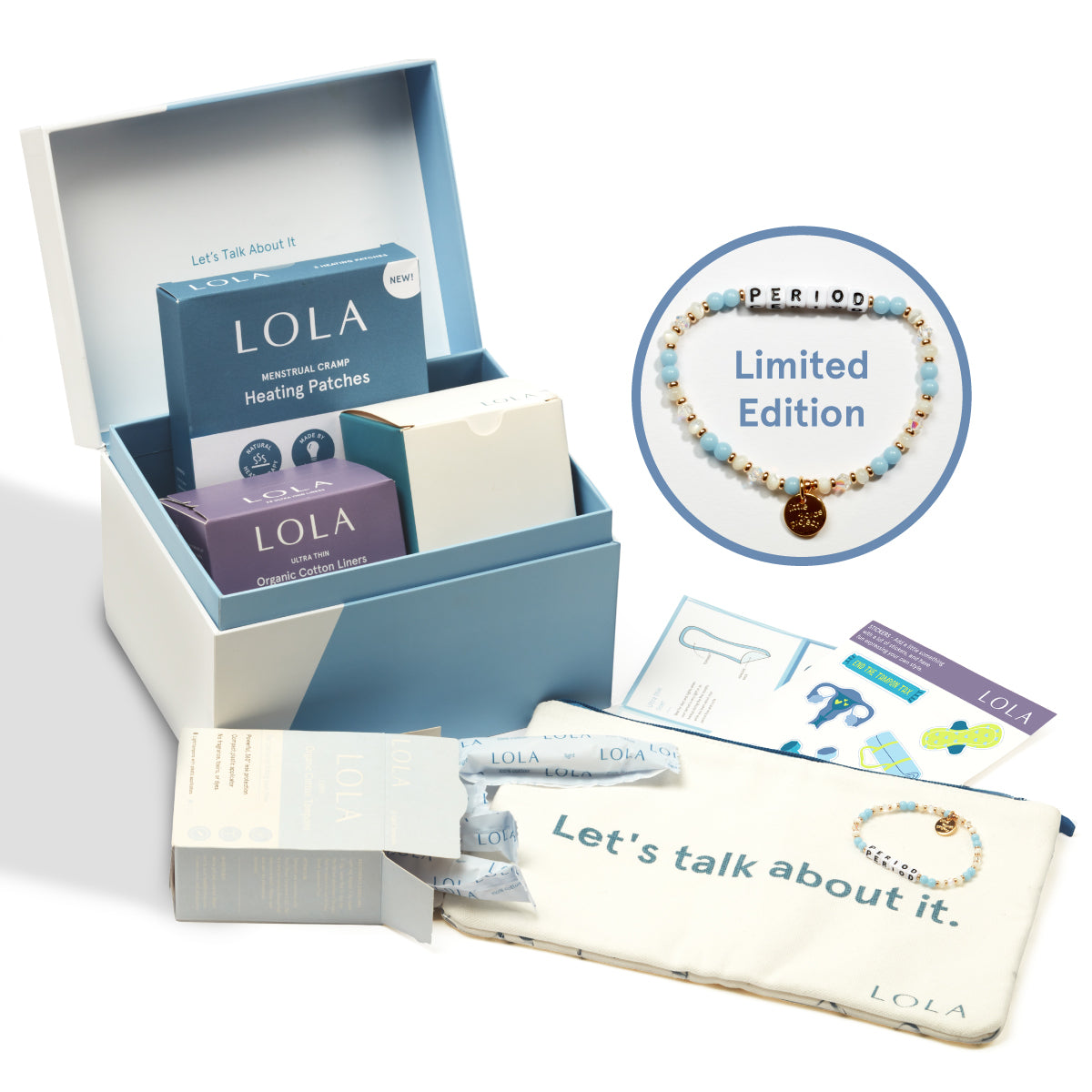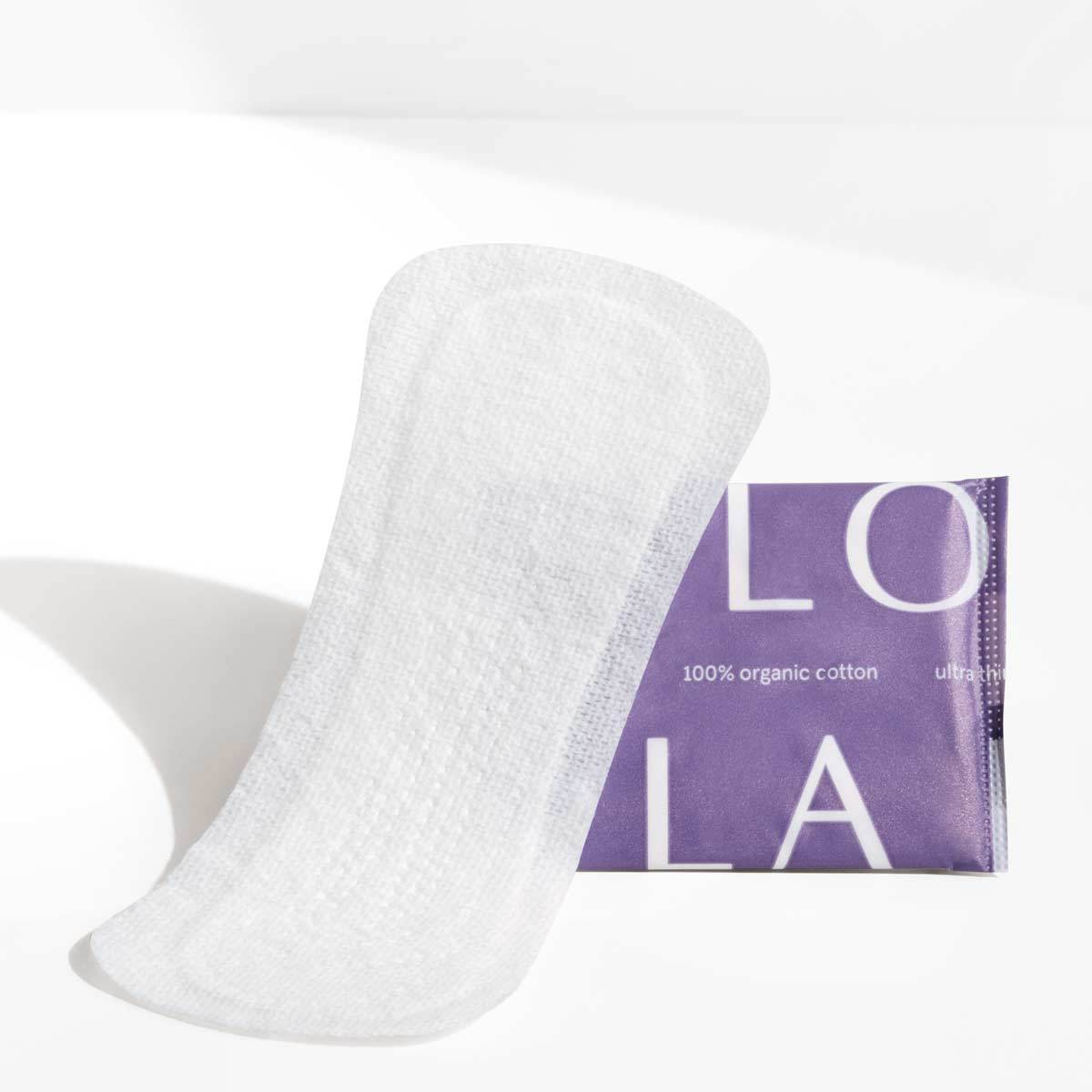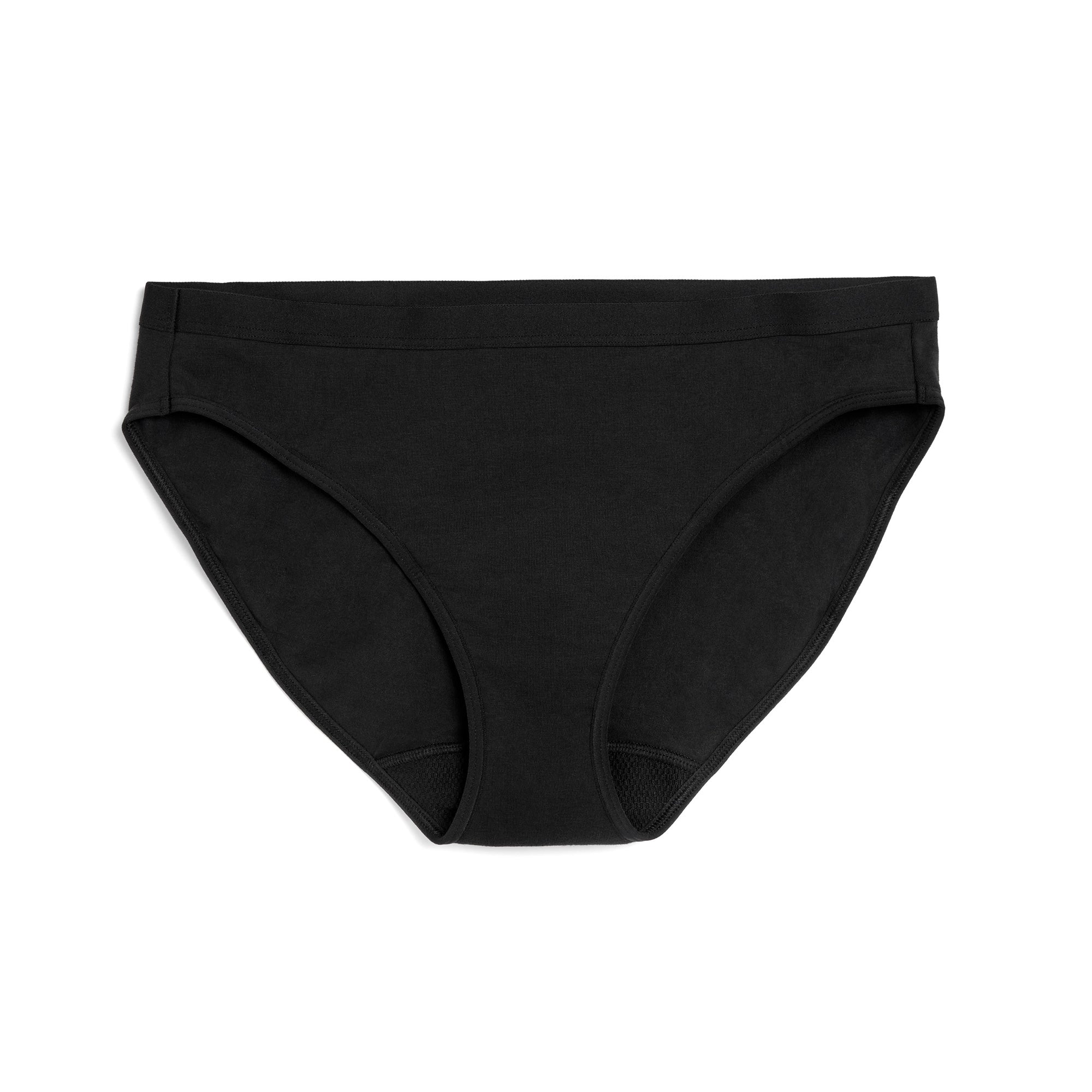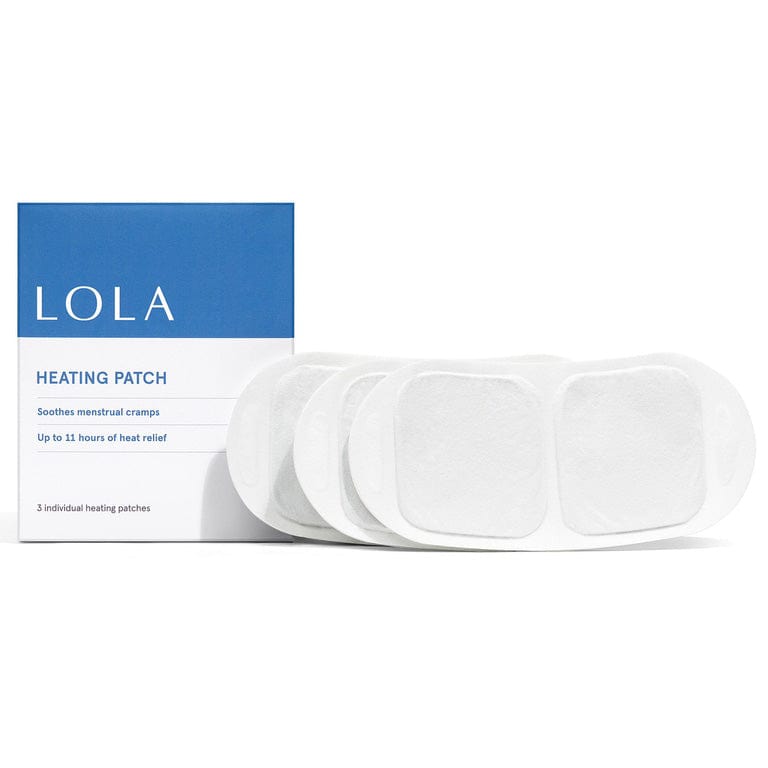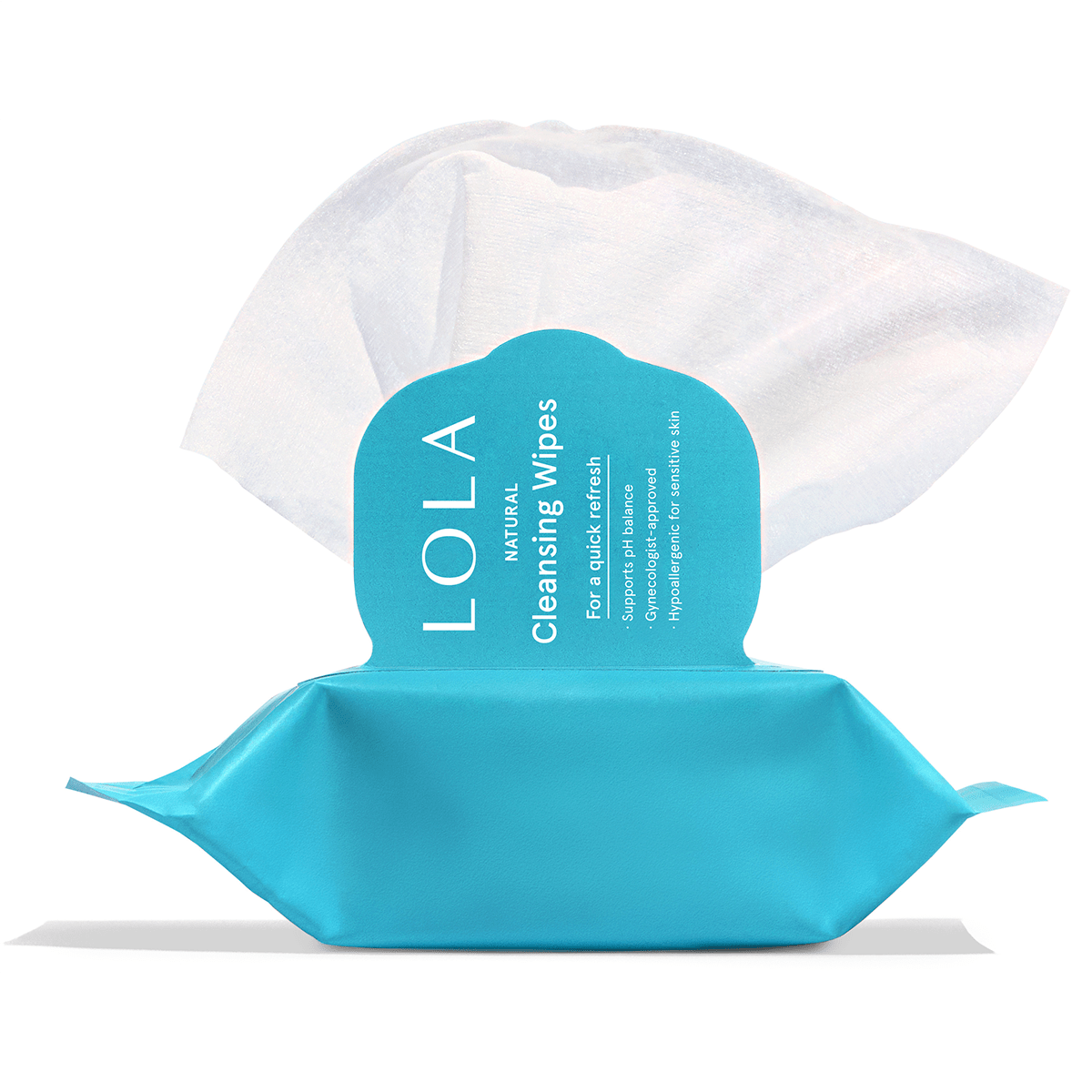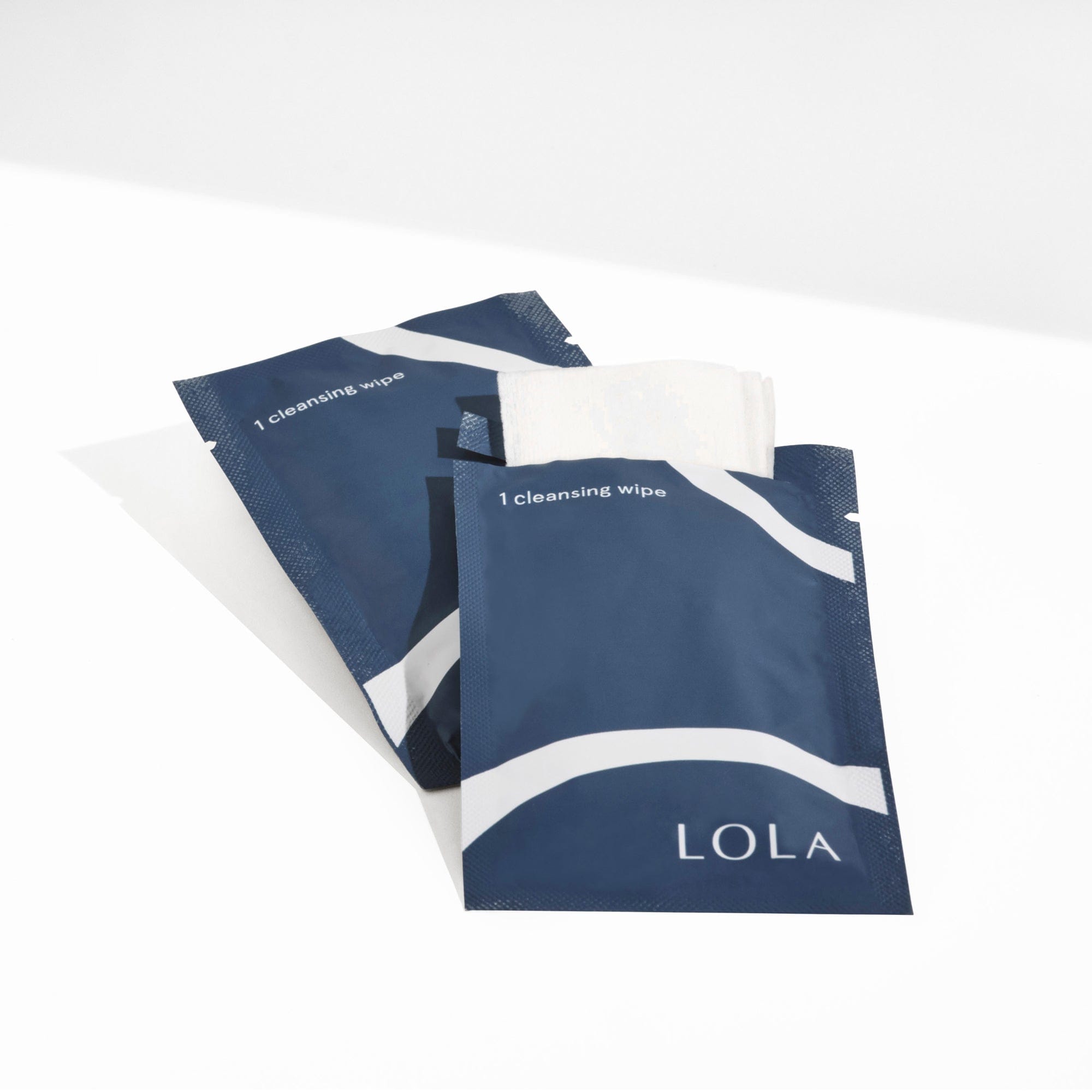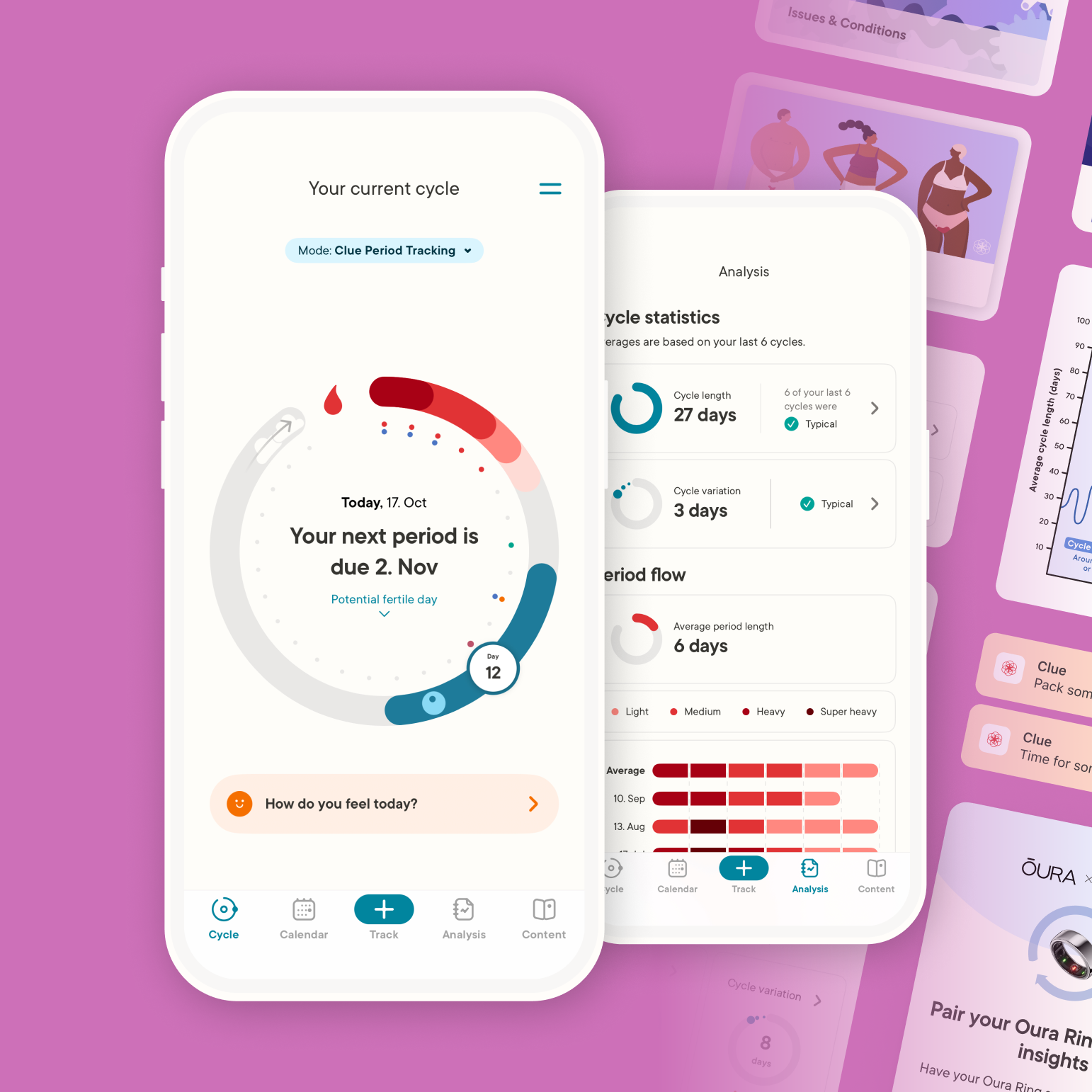We spend a lot of time talking to the LOLA community about their reproductive health. One of the desires we hear most often is that members want to understand their bodies better, but aren't always sure where to start. Cycle tracking can provide a view of our overall reproductive health, and help us understand how our hormones affect our day-to-day lives.
I want to know how my reproductive health is affecting my physical, emotional and mental well-being " not just during my period, but every day of the month.
Annie, 31, LOLA Community Member
Holistically tracking your entire menstrual cycle involves more than marking you calendar when your period starts. Here's everything you need to know about cycle tracking.
Why is cycle tracking important?
A woman's cycle is like a canary in a coal mine: it can reveal hidden clues about her health that she would have never otherwise known. We're lucky to get a personalized report card on our health that isn't available to men. Dr. Navya Mysore, a primary care physician and director at One Medical, explains the benefits of cycle tracking.
I think it's always helpful to track your period. Even when you are on birth control, it can be helpful as a reminder to take your pill every day (if that is the form of birth control you are taking). It can also be a great way to start learning about your cycle and ovulation if you are thinking about family planning. It is especially helpful if you are having irregular periods or something has changed in your cycle and you are not sure if the pattern is repeating itself. When I see patients with an irregular cycle, one of the first things I want to look at is their period pattern. This could be as simple as a pen and paper calendar or marking it in your calendar on your phone.
Your cycle is controlled by the hormones estrogen and progesterone, which rise and fall in an intricate choreography each month. You have these hormones to thank for your fertility: they allow you to ovulate and help build up your uterine lining so the fertilized egg has a place to burrow and grow.
But that's not all these hormones do. They are also essential for your sleep, mood, metabolism, digestion, insulin response, libido, thyroid, skin, and hair, to name just a few of their essential tasks. More importantly, having adequate levels of progesterone and estrogen when you are young will protect you from osteoporosis, cancer, and cardiovascular disease later in life.
So, how exactly do you track your cycle?
How do you know if you are making enough progesterone and estrogen? By learning to read your menstrual cycle.
A primer on the menstrual cycle
Before we jump into how to track your menstrual cycle, it helps to understand exactly what your menstrual cycle is. The average menstrual cycle lasts 28 days, but many women experience shorter or longer cycles. It's totally normal if your cycle is between 24 to 38 days long (if your cycle is even shorter or longer than that, you might want to talk to your doctor). It's also normal for cycles to vary month to month, and change as you get older.
Your cycle is divided into four phases:
- The follicular phase is the first part of your cycle, beginning on day 1 of your period and lasting until ovulation. During this phase, your estrogen levels are rising, your uterine lining is building, and an egg is maturing inside a follicle in your ovaries. This process should take 2-3 weeks, but can be delayed by stress or illness.
- Ovulation happens when the mature egg is released from the ovary. This phase occurs mid-cycle, typically about two weeks before your period begins. Ovulation is the only way your body can make progesterone, so it's an important part of a healthy menstrual cycle.
- After ovulation, your progesterone levels rise and your uterine lining matures in preparation for a possible pregnancy. This is the luteal phase, and a healthy one is usually 12-14 days long. If your body isn't making enough progesterone, your luteal phase will be shorter, and you may experience spotting before your period. If your luteal phase is shorter than 10 days, it's a sign that your progesterone could be too low.
- Menstruation (aka your period) is the final phase of your cycle. During this time your body sheds the uterine lining that built up during the luteal phase. This lining is released as a mixture of blood and tissue through your vagina. This phase varies from person to person, but one average lasts 3 to 7 days.
Cycle tracking methods and tools
Tracking your menstrual cycle isn't hard, and anyone can learn to do it. There are a variety of options out there:
- Go old school with a physical calendar. Simply mark the first day of your period on the calendar (with an "X" or some cool stickers) and count until the first day of your next period. That's one full menstrual cycle. Be sure to note on any physical symptoms (like sore breasts) and mood changes throughout the month. If you keep up with this method, you'll start to notice patterns or irregularities within your cycle. You can even bring your calendar to your next check-up "“ your PCP or gynecologist will appreciate your proactiveness!
- There are a ton of great cycle tracking apps available these days. We like Clue, but here's a roundup if you're looking for more options.
- Wearable tech is jumping on the cycle tracking bandwagon as well. The Ava bracelet tracks your cycle, symptoms and health data while you sleep. And earlier this summer, Apple announced they're adding a daily cycle tracking feature to the Apple Watch.
- The Fertility Awareness Method (FAM) is a set of practices that help you get to know your body's fertility signs. There are several different ways to track your fertility signs, including monitoring your temperature and vaginal discharge daily.
Your reproductive health can sometimes feel like a mystery, but cycle tracking is a great first step towards understanding your body better. It's also just plain fun to wake up and know that you're ovulating!
Check out our line of organic menstrual products. We offer the best organic cotton tampons and best organic period pads.

